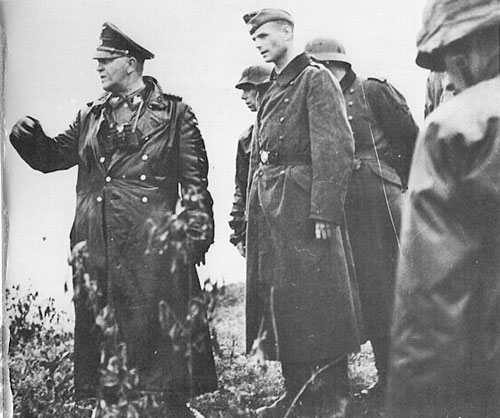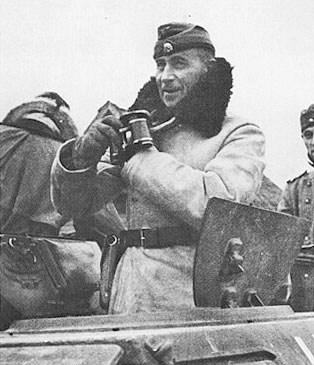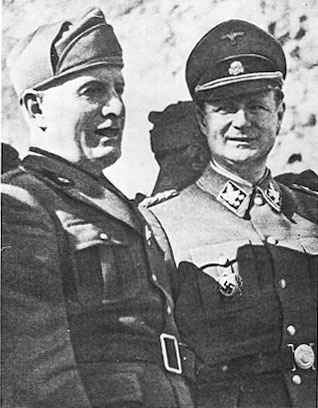|
A brief overview by Parplethlon from BlutKriegSiegZine Website recovered through WayBackMachine Website
Then of course there is the obligatory bird on the pirates shoulder; here we might bring to mind Odins ravens, his eyes in the sky, Huginn and Muninn, and their portrayal in John Boorman’s excellent film ‘Excalibur’ accompanying Merlin, or perhaps the Egyptian rendition of a persons soul as a bird - the Ba bird.
If one
was really game, one could draw comparisons between a pirates wooden
leg - bared below the knee with the trouser leg rolled up, and the
candidate for 3rd degree, that of a Master Mason, in Freemasonry
being similarly attired… and even further, maybe at the extreme
limit of where only Fool’s don’t fear to tread, is the pirates hunt,
seizure and secreting away of treasure - just as legend ascribes to
the Poor Knights of the Temple of Solomon - the Knights Templar.
Some say if it wasn’t the first, then one of the trips the Templare made across the Atlantic to various locations in North America(1). And others, while agreeing the Templars most probably did make a couple of trans-Atlantic crossings prior to Columbus famed journey of 1492, the La Rochelle fleet more likely found a sage haven in Scotland(2) as the nation and its King, Robert the Bruce, were excommunicated by Rome at the time and therefore somewhat beyond the reach of Papal Bulls and Edicts.
In fact, Baigent and Leigh, and Knight and Lomas agree, contend the very Scottish victory over the English at Bannockburn in 1314, that which ended English designs on Scotland, was due to a mounted charge of Templars throwing themselves into the fray late in the day(3). The connection here with the Skull and Crossbones is that it was the Templars marine battle flag.
The Scottish destination of the Templars in 1307 is further implied by the tale relating that Robert the Bruce’s remains were placed in such a ‘skull and crossbones’ manner(4), though the more concrete evidence is that of a large number of Templar gravestones found in Scotland(5), not to mention the very existence of Rosslyn Chapel(6).
What's more, the concentration of these anonymous, spartan gravestones, as the centuries go by gradually develop more elaborate, florid and decidedly Masonic, incorporating both the Masonic square and compass and on some examples, the skull and crossbones itself in place of the single, undated flat stones bearing the outline of the particular knights sword(7). That Masonry has roots in the Templars is a matter beyond the scope of the present piece, is dealt with thoroughly elsewhere and considering the above is undoubtedly a certainty.
The use of the Skull and
Crossbones in Freemasonry beyond that already mentioned on some
headstones, is nearly as prevalent as the aforementioned ubiquitous
square and compass; being a feature of the hilt of ceremonial
swords, embroidered on the aprons or sashes worn by brethren or most
impressively, stirringly employed in the ritual of the 3rd degree,
from whence on completion a Mason is thereafter a Master Mason. The
3rd degree is a ritual raising from the dead following the
candidate’s re-enactment of the first Mason - Hiram Abiff’s death at
the hands of the traitors Jubela, Jubelo and Jubelum(8), the three
Juwees.
SS gruppenfuhrer Theodor Eicke, commander of the SS Totenkopf Division on the Eastern front 1942. Prior to being appointed to the command of the Totenkopf he was chief of the concentration camps. 'Papa' Eicke was shot down and killed in February 1943 near Orelka while visiting a forward unit in his Fieseler Storch
A more completely modern usage of the Skull and Crossbones, in this instance referred to as the Death’s Head, was among the SS of Nazi era Germany. Apart from its most visible use on the officers caps, it is probably most famously, or infamously, prominent use was the very highly regarded Totenkopfring/Deaths Head Ring awarded to SS officers in recognition of their,
(seen here as an Obergruppenfuhrer while commanding the Das Reich Division in Russia, winter 1941) was unquestionably the ablest military commander in the Waffen SS. After the war he sought to re-establish the reputation of the SS and claimed that the foreign units of the SS
were really the
precursors of the NATO army. Hausser's skull and cross bones 'totenkopf'
is on his hat."
Though to say what reasons the SS had for adopting the Deaths Head/Skull and Crossbones beyond a connection with the past German military units who too used the symbol in their insignia(11), an ongoing tradition, would be pure guesswork, the reverence with which the Totenkopfrings were held intimates something greater than mere military insignia. Upon death or on leaving the SS, the officers rings were retuned to officialdom whereon they were sent to the SS castle of Wewelsburg in Wesphalia where they were placed in a particular chest kept in the castle’s main tower(12,13).
SS Obergruppenfuhrer Karl Wolff with Benito Mussolini.
Though rarely more than a footnote in
history books, Wewelsburg was ultimately of more import to the SS;
it was to be reconstructed as the most sacred temple of the SS,
emulating Camelot of the Knights of the Round Table(14). At the
centre of the Wewelsburg complex, the castle said to house the Holy
Grail and/or the Ark of the Covenant(15). Essentially, the castle,
more so than the surrounding planned township, was conceived to be
the mystical axis of the world(16) - in an esoteric sense, the
centre from which all universal creative movement is imparted.
The combination of Aries and Sagittarius, ruled by Mars and Jupiter respectively, brings together leadership and courage with profound philosophical thought. There is however another system that ascribes the rulership of the entire skeleton, and the skin as well, to Capricorn(18), which puts things into quite a different perspective. Capricorn is ruled by Saturn, whom in a shallow sense is more or less just that old scythe carrier, the Grim Reaper or plain old ‘Death’.
However, looking at
the picture in its entirety, the death signified by Capricorn, which
is the physical death, is at once the beginning of the path to
incarnation, the re-birth itself being the domain of Capricorn’s
opposite Cancer(19). This death and re-birth is carved into the very
fabric of the great medieval cathedrals; Capricorn - death -
situated at the portal/doorway, running up the nave through the
zodiac to a Cancerian re-birth at the altar(20).
The significance of uniting the first and last - Alpha to Omega - that of completion, initiation, enlightenment is further enhanced by Capricorn’s sexual connotations; the sigil being both soft and hard is the phallus while Capricorn’s opposite, Cancer, is entirely soft - the vulva, kteis, yoni, cunt(22).
The combination of which while engendering life, a Horus to Isis and Osiris, is also the uniting of male and female, the melding of opposites that tantrically (sex magic) is required to attain a state of enlightened initiation - nirvana. Alchemically, of the 3 great principles of Sulphur, Mercury and Salt, it is Salt by way of a well known sigil hints at further revelations in this area;
Salt in this direction is connected with the thought processes of man(24), the very seat of thought - the grey matter of the brain housed by the skull is the very veil to be pierced(25) to gaze upon the true nature of reality/Isis unveiled. In this sense then, Salt is,
Be that as it may, the skull is not so much a ‘sentence of death’, but as Hedsel reveals its position in the old mythologies,
This quest for the ultimate truth being no less than coming to grips
with, understanding the nature of the cosmos, and hence in turn
oneself - essentially a godlike acquisition of profound knowledge,
the root of all religious concepts and philosophies(28).
This transmission through incarnations occurs via the thigh-bones, wherein it is the Alchemical ‘fixed salt’ thus situated where a person’s being, their very essence is recorded(31).
The femur is thus an ‘inheritor’ and an ‘organ of generation’, the intimation though is obviously not sexual, for the ‘indestructible nucleus’ that is,
Goes a long way in
explaining a ‘ritual cannibalism’ such as in the imbibing of the
host in Christian churches and perhaps was the reason behind the
quasi-masonic group ‘Skull and Bones’, numbering among them Prescott
Bush - George Dubya’s grandfather, raiding the Native American
leader Geronimo’s grave and taking his remains back to their
lodge.(33)
|



